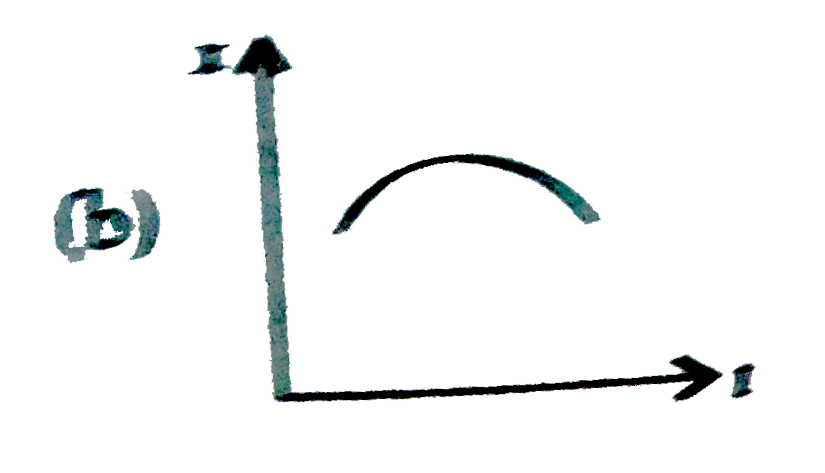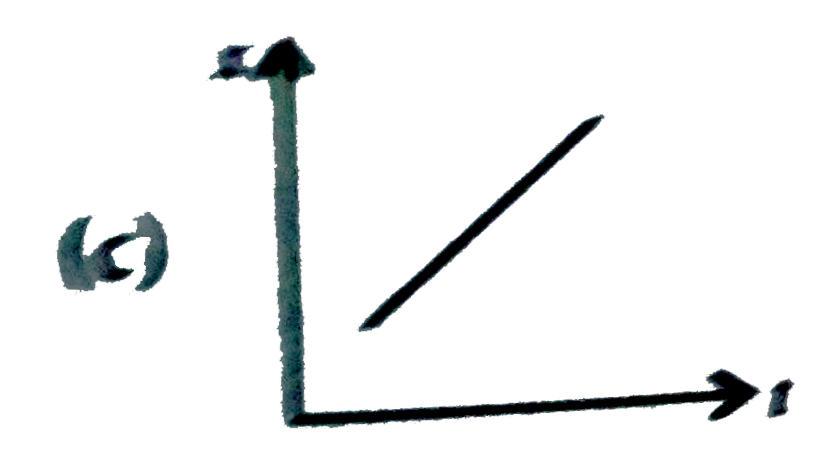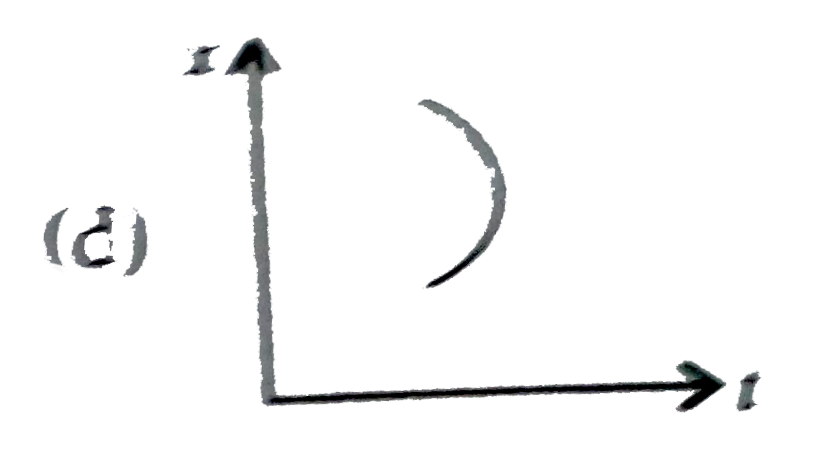Can equation of Kinematics be used in a situation where the acceleration varies in time?Can they be used when acceleration is zero?
To solve the question, we need to analyze the two parts separately regarding the applicability of kinematic equations under different conditions of acceleration.
1. Understanding Kinematic Equations:
Kinematic equations describe the motion of objects under constant acceleration. These equations are derived based on the assumption that acceleration does not change over time.
2. First Part: Acceleration Varies with Time:
- When acceleration varies with time, the motion is no longer uniformly accelerated.
- The kinematic equations (like v=u+at, s=ut+12at2, etc.) are not applicable because they assume a constant acceleration throughout the motion.
- Therefore, the answer to the first part is: No, kinematic equations cannot be used when acceleration varies with time.
3. Second Part: Acceleration is Zero:
- When acceleration is zero, the object is moving with a constant velocity.
- Since zero is a constant value, the kinematic equations can still be applied. In this case, the equations simplify because the term involving acceleration drops out.
- For example, if acceleration a=0, then the equations reduce to:
- v=u (final velocity equals initial velocity)
- s=ut (displacement is just the initial velocity multiplied by time)
- Therefore, the answer to the second part is: Yes, kinematic equations can be used when acceleration is zero.
Final Answers:
1. Can kinematic equations be used when acceleration varies with time? - No.
2. Can kinematic equations be used when acceleration is zero? - Yes.
Kinematic equations describe the motion of objects under constant acceleration. These equations are derived based on the assumption that acceleration does not change over time.
- When acceleration varies with time, the motion is no longer uniformly accelerated.
- The kinematic equations (like v=u+at, s=ut+12at2, etc.) are not applicable because they assume a constant acceleration throughout the motion.
- Therefore, the answer to the first part is: No, kinematic equations cannot be used when acceleration varies with time.
- When acceleration is zero, the object is moving with a constant velocity.
- Since zero is a constant value, the kinematic equations can still be applied. In this case, the equations simplify because the term involving acceleration drops out.
- For example, if acceleration a=0, then the equations reduce to:
- v=u (final velocity equals initial velocity)
- s=ut (displacement is just the initial velocity multiplied by time)
- Therefore, the answer to the second part is: Yes, kinematic equations can be used when acceleration is zero.
1. Can kinematic equations be used when acceleration varies with time? - No.
2. Can kinematic equations be used when acceleration is zero? - Yes.
Topper's Solved these Questions
- BOOK - AAKASH SERIESCHAPTER - MOTION IN A STRAIGHT LINE EXERCISE - very Short answer type question15videos
MOTION IN A STRAIGHT LINE
- BOOK - AAKASH SERIESCHAPTER - MOTION IN A STRAIGHT LINE EXERCISE - Question for descriptiv Answers7videos
MOTION IN A STRAIGHT LINE
- BOOK - AAKASH SERIESCHAPTER - MOTION IN A PLANEEXERCISE - QUESTION FOR DESCRIPTIVE ANSWER7videos
MOTION IN A PLANE
- BOOK - AAKASH SERIESCHAPTER - MOVING CHARGES AND MAGNETISMEXERCISE - EXERCISE-III49videos
MOVING CHARGES AND MAGNETISM
Similar Questions
Graph of velocity (v) versus time 't' for motion of a motorbike which starts from rest and moves along a stright road is given .
(a)Find the average acceleration for the time interval t0=0 to t1=6.0 s
(b) Estimate the time at which the acceleration has its greatest positive value and the value of the acceleration at that instant.
(c) When is the acceleration is zero ?
(d) Estimate the maximum negative value of the acceleration and the time at which it occurs.
 View Solution
View SolutionThe acceleration of a moving body can be found from
View Solution
Knowledge Check
- Question 1 - Select One
Position-time graph for motion with zero acceleration is
A B
B C
C D
D
The acceleration of a moving body can be found from
View SolutionCyclotron is used to accelerate
View SolutionA uniform round object of mass M, radius R and moment of inertia about its centre of mass Icm has a light, thin string wrapped several times around its circumference. The free end of string is attaced to the celling and the object is released from rest. Find the acceleration of centre of the object and tension n the string. [ Take IcmMR2=k]
View SolutionGive examples for the particle where (a) the velocity is in opposite direction to the acceleration (b)the velocity of the particle is zero but is acceleration is not zero.
View SolutionA car moving along a circular track of radius 50.0m acceleration from rest at 3.00ms2 Consider a situation when the car's centripetal acceleration equal its tangential acceleration
View SolutionWhen the velocity of a body executing shm is zero its acceleration is not zero. Why?
View SolutionStatement-1: When velocity of a particle is zero then acceleration of particle must be zero at that instant
Statement-2: Acceleration is equal toa=v(dvdx) , where v is the velocity at that instant .View Solution

